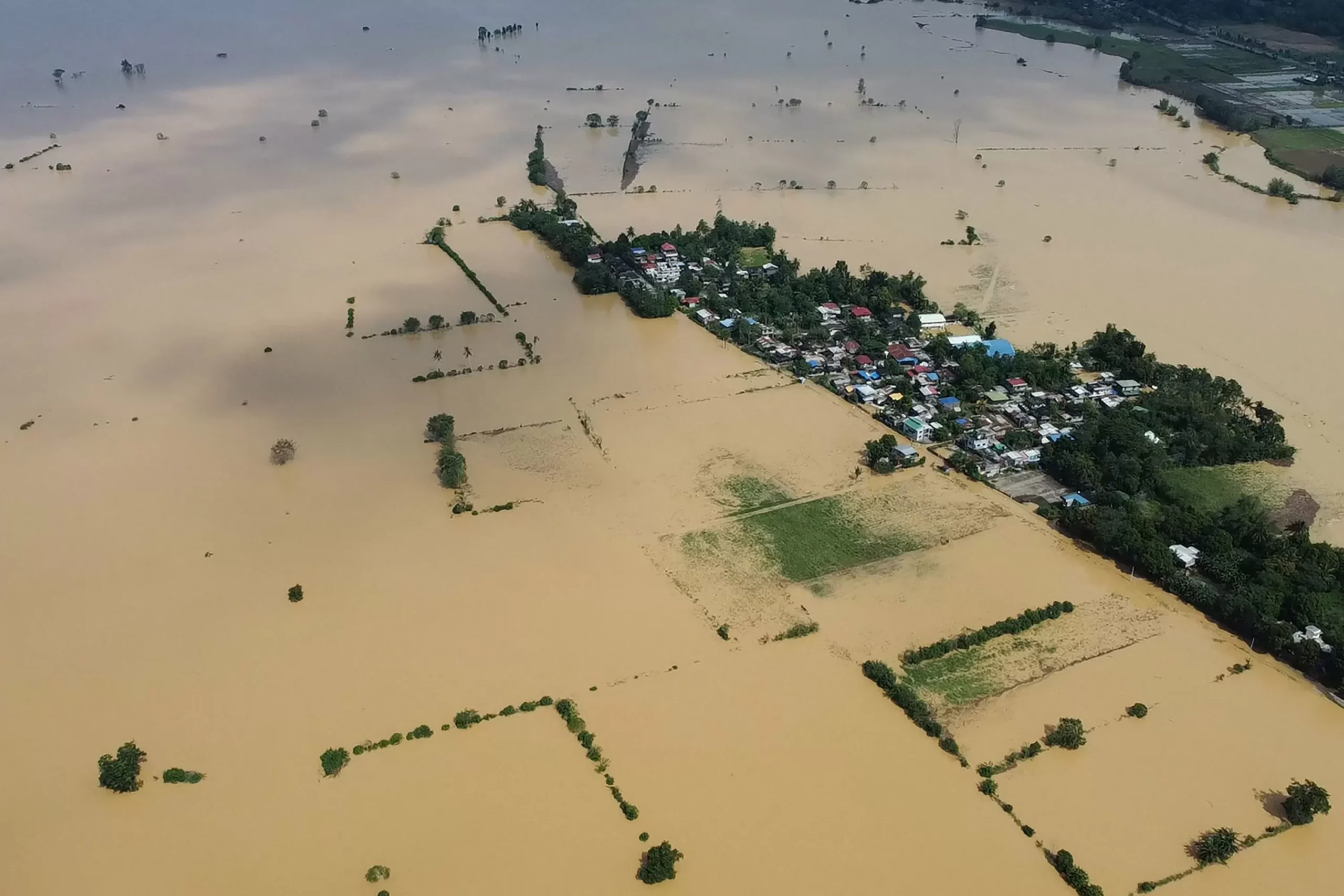Typhoon Toraji unleashed its wrath on the northern Philippines, leaving behind a trail of destruction and chaos. The powerful typhoon brought heavy rains, strong winds, and massive floods, causing widespread damage to the region before weakening into a tropical storm and blowing out to the South China Sea.
The typhoon made its first landfall in the province of Cagayan on November 20, 2021, with maximum sustained winds of 175 kilometers per hour and gusts of up to 215 kilometers per hour. The strong winds tore down trees, power lines, and roofs of houses, leaving many without shelter and electricity. The heavy rains also caused rivers to overflow, leading to severe flooding in low-lying areas.
The northern Philippines, already reeling from the effects of the ongoing COVID-19 pandemic, was not prepared for the ferocity of Typhoon Toraji. The typhoon brought back memories of past disasters, and many feared for their safety and livelihoods. However, the resilience and determination of the Filipino people were on full display as they braved the storm and its aftermath.
The government, along with various humanitarian organizations, immediately mobilized to provide aid and assistance to those affected by the typhoon. Rescue teams were deployed to evacuate people from flooded areas, while relief goods and emergency supplies were distributed to affected communities. The swift response of these agencies helped to minimize the impact of the typhoon and provided much-needed support to those in need.
Despite the chaos and destruction, there were also heartwarming stories of hope and heroism that emerged during the typhoon. Local residents opened their homes to those who were displaced, providing them with food, shelter, and comfort. Volunteers risked their lives to rescue people trapped in their homes or stranded on rooftops. These acts of kindness and selflessness showed the resilience and unity of the Filipino people in the face of adversity.
As Typhoon Toraji continued its path towards the South China Sea, the affected areas slowly began to pick up the pieces and rebuild. The floodwaters receded, and power was gradually restored, allowing people to return to their homes and assess the damage. The government also initiated rehabilitation efforts to help affected communities recover and get back on their feet.
The typhoon also highlighted the importance of disaster preparedness and mitigation measures. The Philippines, being a disaster-prone country, has been implementing various disaster risk reduction and management programs to minimize the impact of natural disasters. These efforts proved to be effective in mitigating the effects of Typhoon Toraji, and it is a reminder that being prepared can save lives and minimize damage.
As the country continues to recover from the aftermath of Typhoon Toraji, it is crucial to remember the lessons learned from this experience. The typhoon may have caused destruction and disruption, but it also brought out the best in people, showing the strength and resilience of the Filipino spirit.
In conclusion, Typhoon Toraji may have unleashed floods, knocked down trees, and caused power outages in the northern Philippines, but it also brought out the best in people and reminded us of the importance of unity and preparedness in the face of adversity. Let us continue to stand together and support each other as we rebuild and move forward towards a better and more resilient future.





![Complete BritRail Pass Guide [Types, How to Use It, Pros + Cons]](https://inside-news.uk/wp-content/uploads/2025/06/00221EB4-BCA2-4DBB-6CD4-83DBC37D71FA-120x86.webp)
















